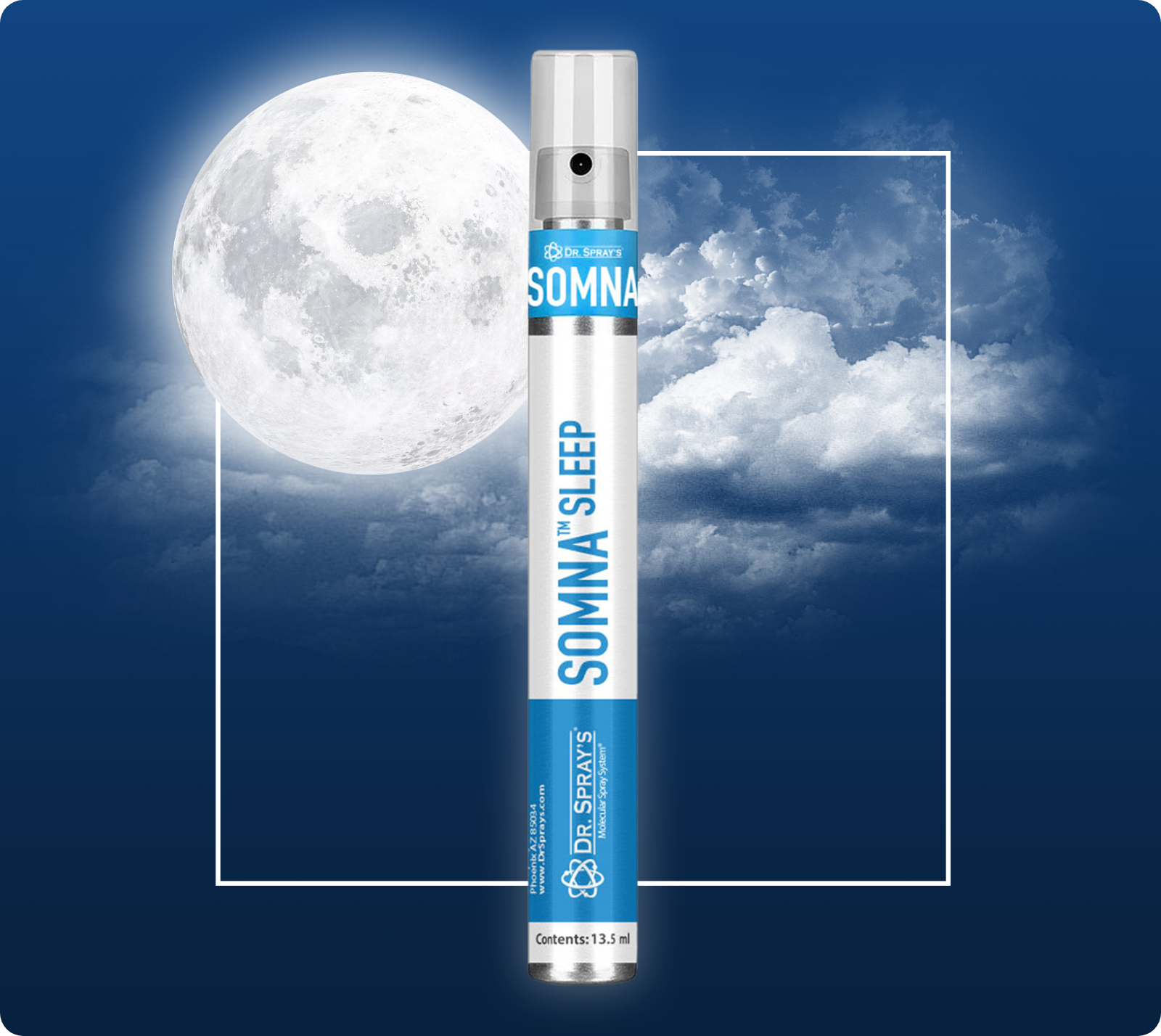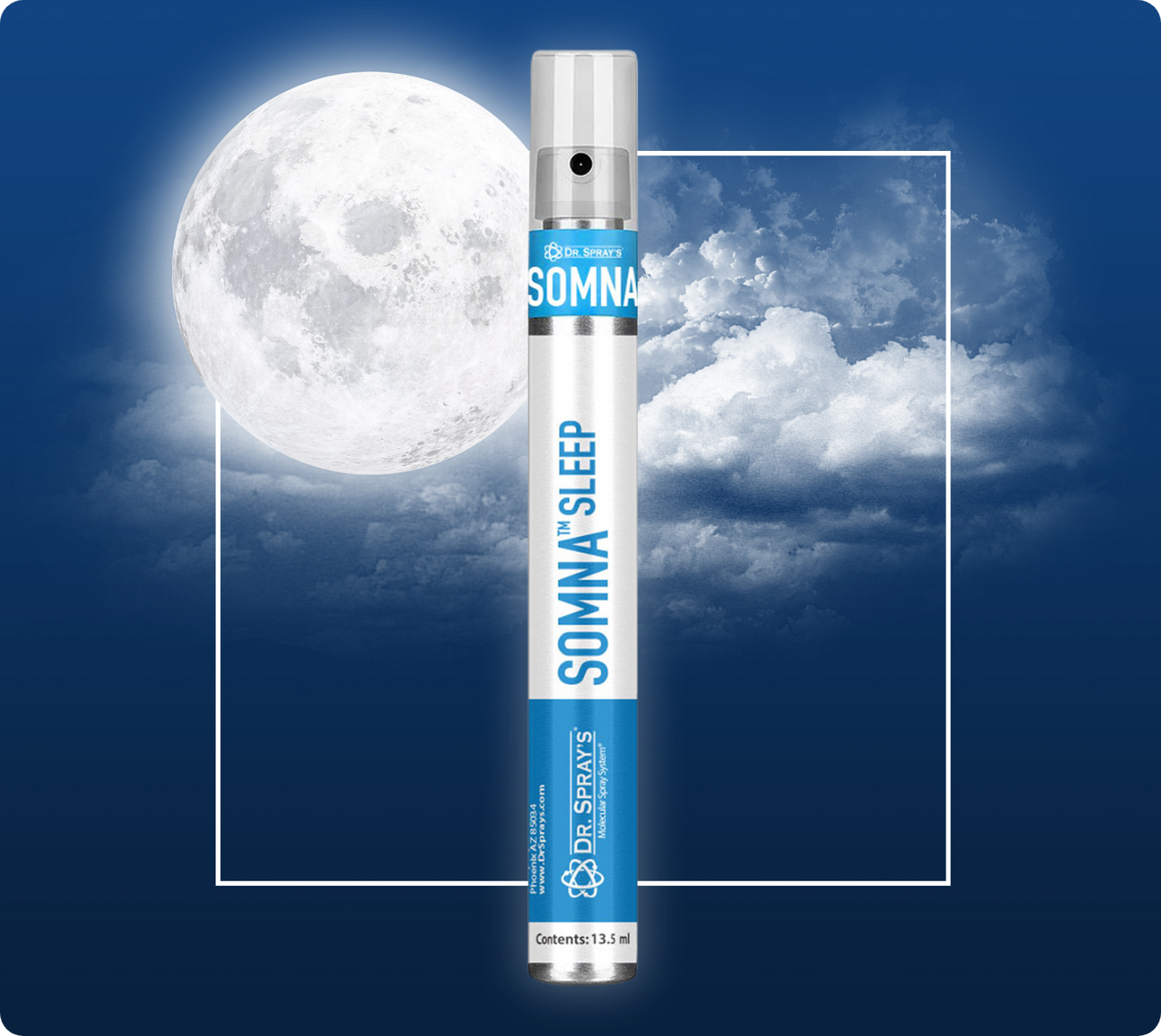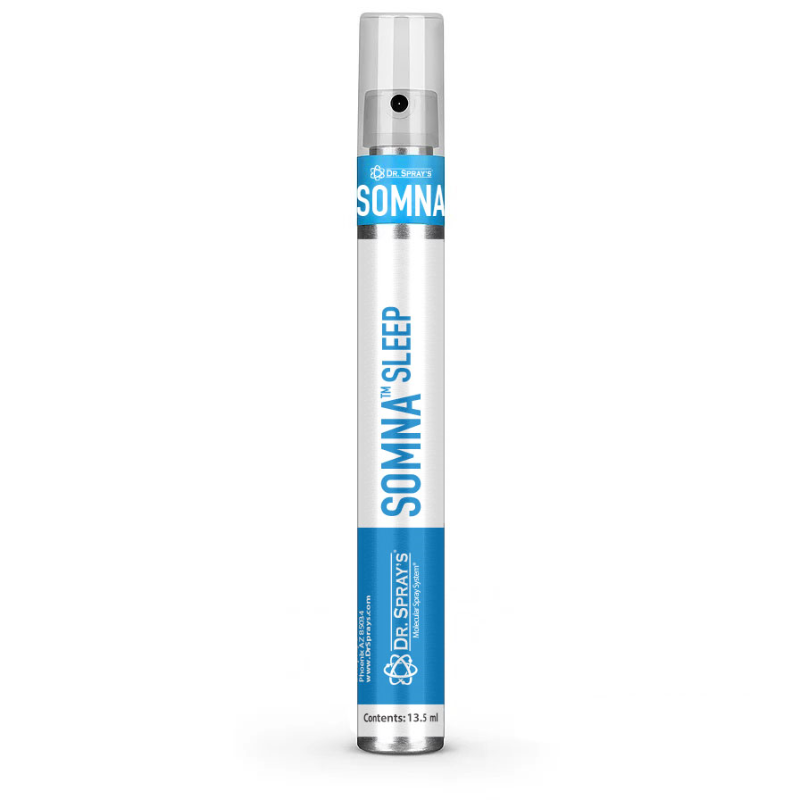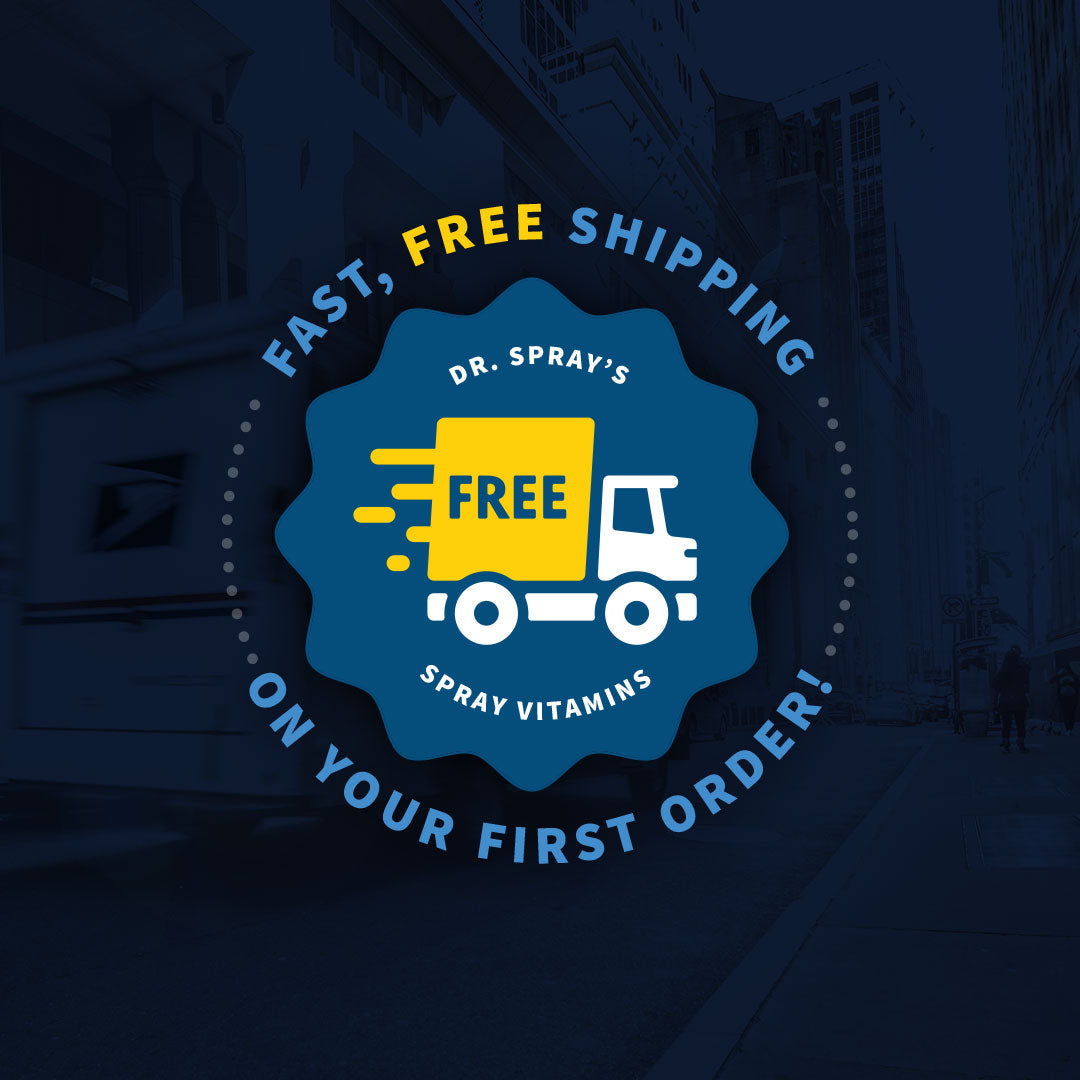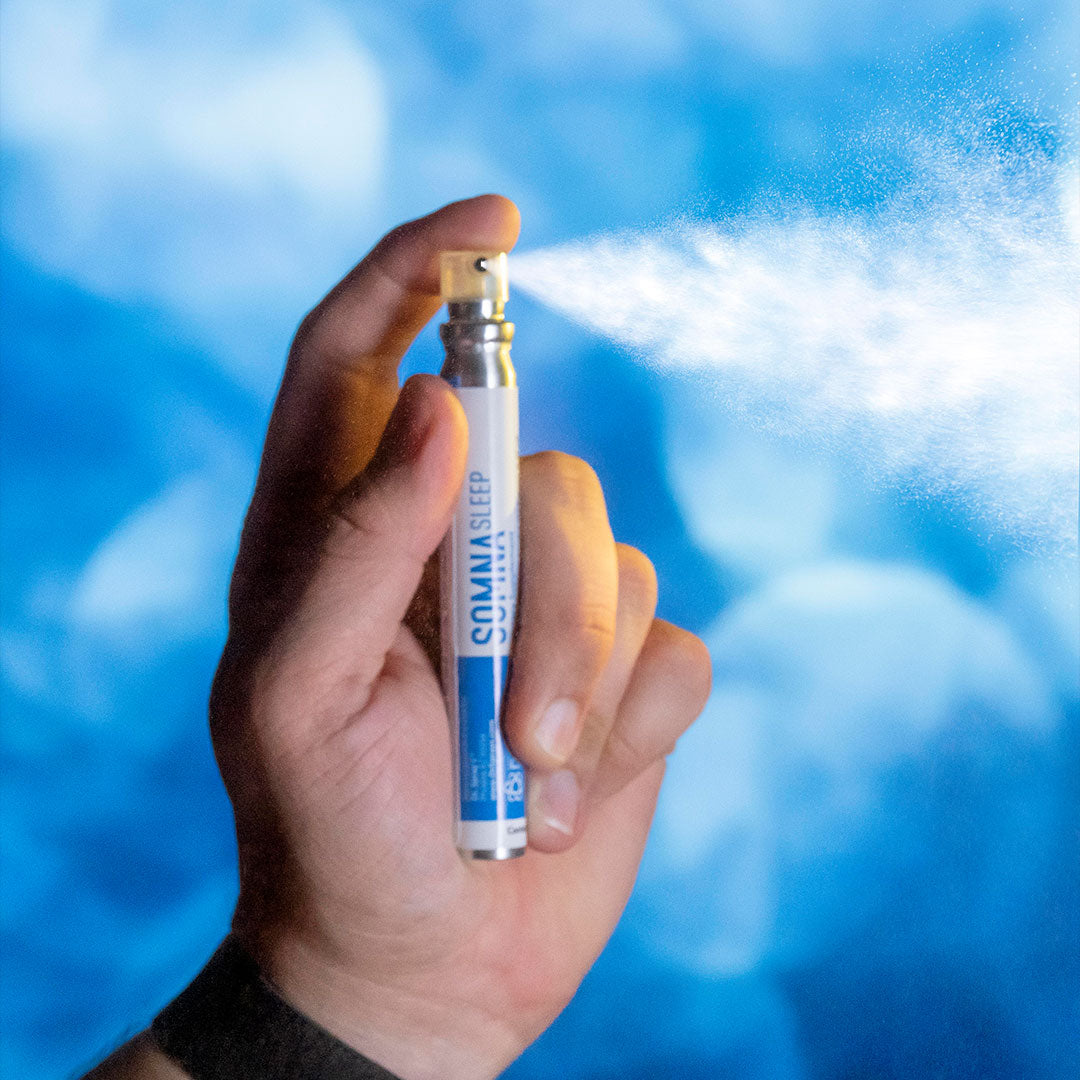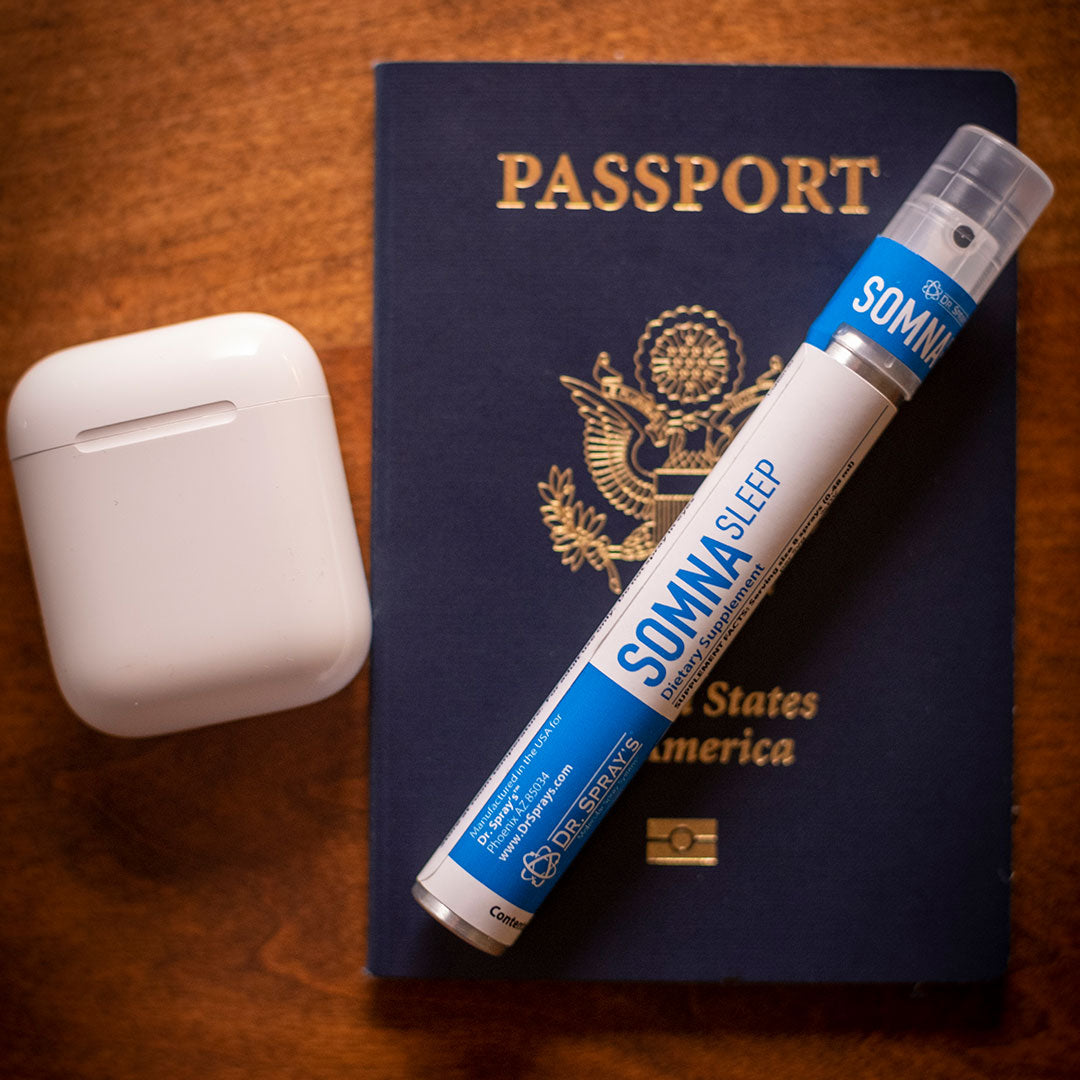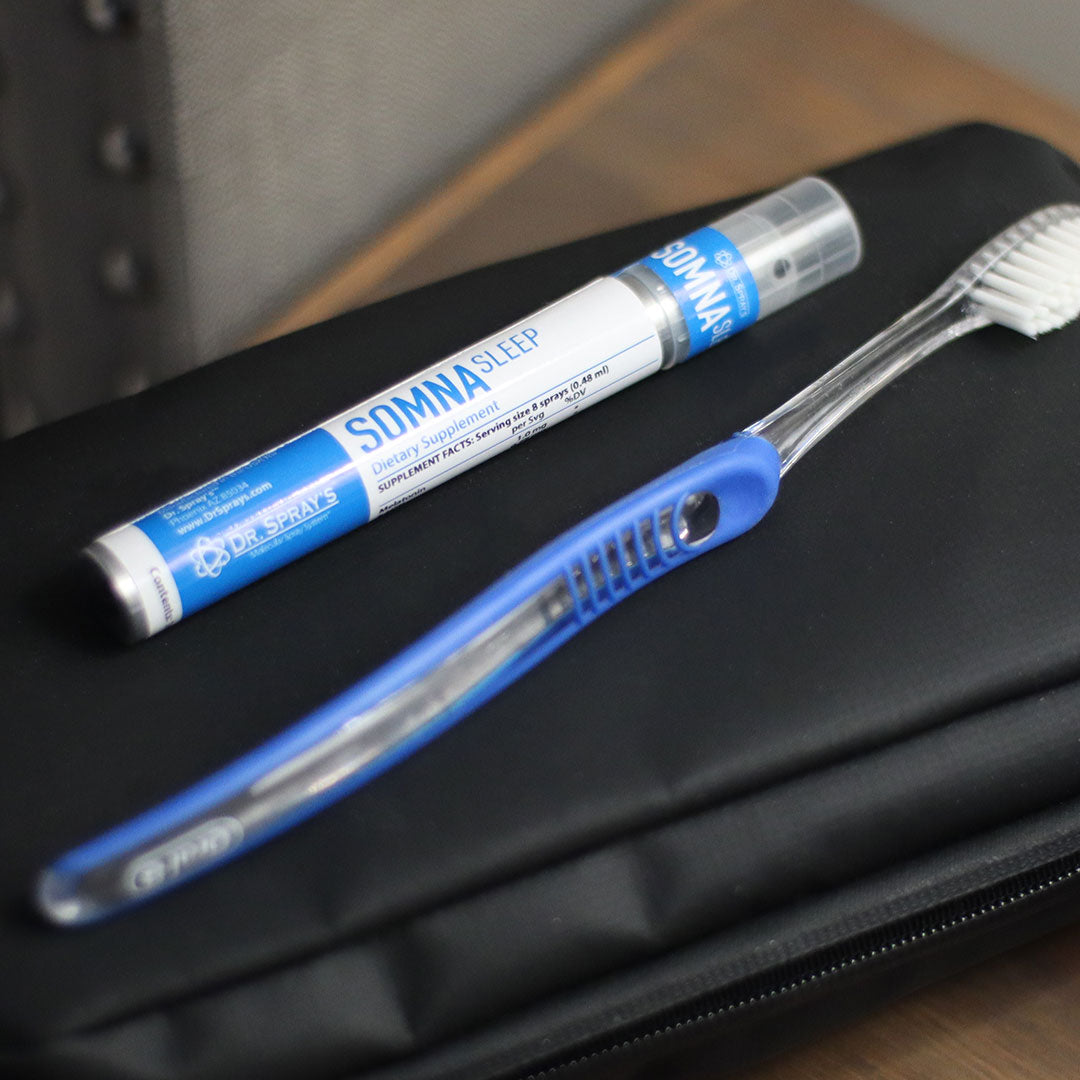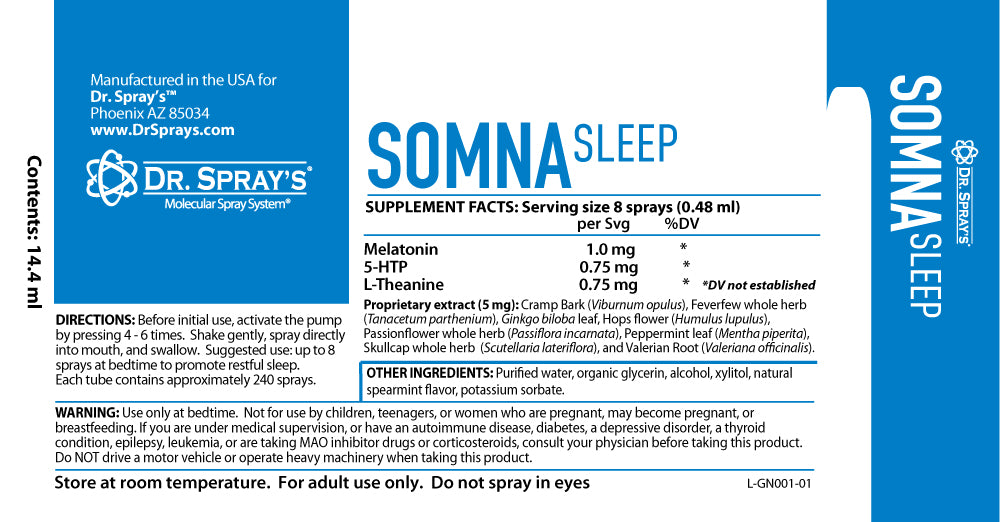For years now, the delivery of small molecules through the buccal mucosal route has been described in the literature, but it has only been over the past decade that investigations into macromolecule delivery via the buccal route have sharply increased. The administration of macromolecules such as proteins and peptides, antibodies, or nucleic acids by buccal administration would be greatly enhanced due to the avoidance of the gastrointestinal conditions, rapid uptake into systemic circulation, as well as the potential for controlled drug delivery. Since macromolecules are faced with a number of specific challenges related to permeation through the epithelium, several strategies have been employed historically to improve their buccal absorption and subsequent bioavailability. Several conventional strategies to improve macromolecule penetration include the use of chemical permeation enhancers, enzyme inhibitors and the use of mucoadhesive materials acting as carriers. More recent approaches include the incorporation of the macromolecule as part of nanostructured delivery systems to further enhance targeting and delivery. This review focuses on the different permeation enhancing strategies as well as formulation design that are tailored to meet the challenges of active macromolecule delivery using the buccal mucosal route of administration.
The above is an abstract for an article on pubmed.gov. This article was published March 10, 2014. The following is the link to the full article: https://pubmed.ncbi.nlm.nih.gov/24611816/
Morales JO, McConville JT. Novel strategies for the buccal delivery of macromolecules. Drug Dev Ind Pharm. 2014 May;40(5):579-90. doi: 10.3109/03639045.2014.892960. Epub 2014 Mar 10. PMID: 24611816.


